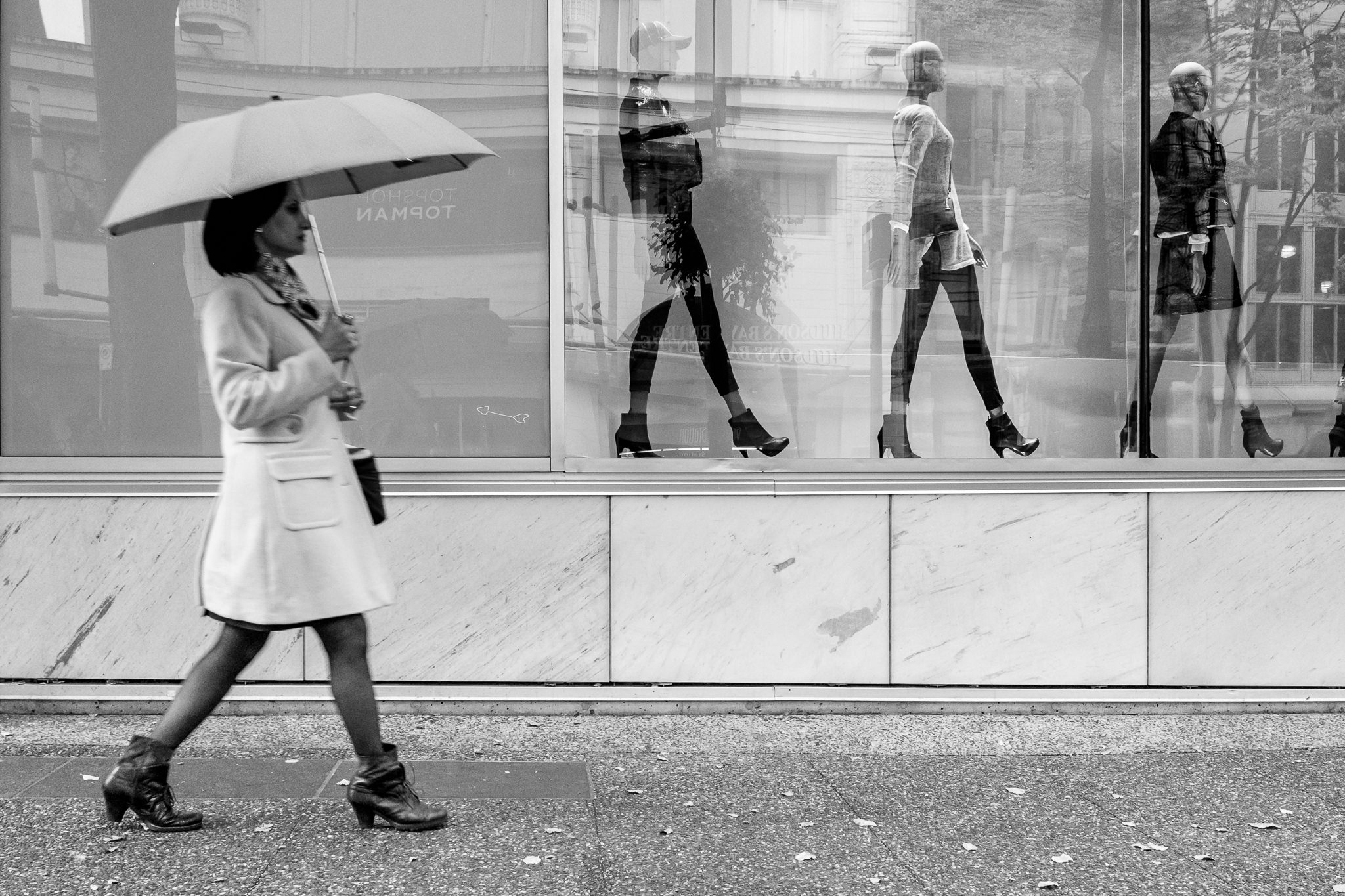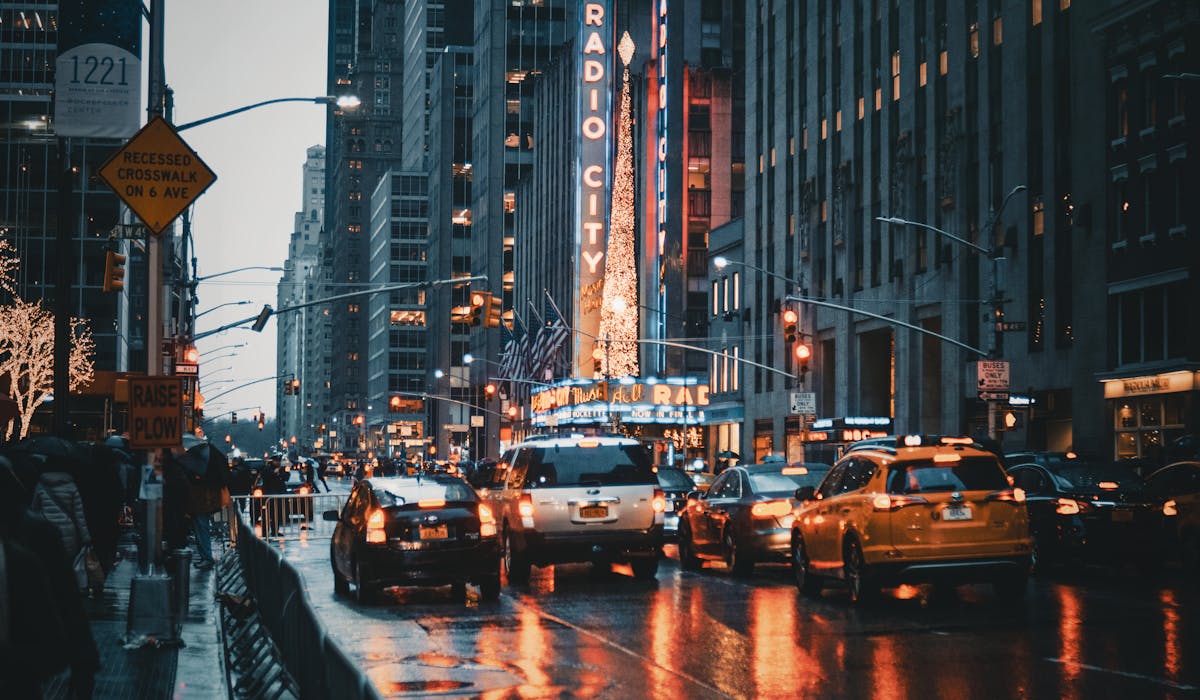Framing Streets Can Be Fun For Everyone
Table of ContentsHow Framing Streets can Save You Time, Stress, and Money.Framing Streets Fundamentals ExplainedThe smart Trick of Framing Streets That Nobody is Talking AboutExcitement About Framing StreetsThings about Framing StreetsThe Framing Streets Ideas
, generally with the objective of capturing photos at a crucial or poignant minute by careful framework and timing. https://www.merchantcircle.com/blogs/framing-streets-miami-fl/2024/1/Framing-Streets-Mastering-the-Art-of-Street-Photography/2635395.
Not known Factual Statements About Framing Streets
Susan Sontag, 1977 Road photography can concentrate on people and their actions in public. In this regard, the street digital photographer is similar to social documentary digital photographers or photojournalists who likewise function in public areas, however with the purpose of recording relevant events. Any of these digital photographers' pictures may catch individuals and home visible within or from public areas, which often involves browsing ethical concerns and regulations of privacy, safety and security, and residential property.
Representations of day-to-day public life form a category in almost every duration of globe art, beginning in the pre-historic, Sumerian, Egyptian and early Buddhist art periods. Art handling the life of the road, whether within views of cityscapes, or as the leading theme, appears in the West in the canon of the North Renaissance, Baroque, Rococo, of Romanticism, Realistic look, Impressionism and Post-Impressionism.
Some Known Factual Statements About Framing Streets
Louis Daguerre: "Blvd du Temple" (1838 or 1839) In 1838 or 1839 the very first picture of numbers in the street was recorded by Louis-Jacques-Mand Daguerre in one of a pair of daguerreotype views extracted from his studio window of the Blvd du Holy place in Paris. The second, made at the elevation of the day, shows an unpopulated stretch of road, while the other was taken at concerning 8:00 am, and as Beaumont Newhall reports, "The Blvd, so regularly loaded with a moving throng of pedestrians and carriages was perfectly solitary, except a person that was having his boots brushed.
, who was motivated to undertake a comparable paperwork of New York City. As the city developed, Atget assisted to advertise Parisian streets as a worthwhile subject for digital photography.

Not known Facts About Framing Streets
Martin is the first taped photographer to do so in London with a disguised electronic camera. Mass-Observation was a social study organisation founded in 1937 which aimed to record everyday life in Britain and to tape-record the responses of the 'man-in-the-street' to King Edward VIII's abdication in 1936 to marry divorce Wallis Simpson, and the succession of George VI. In between 1946 and 1957 Le Groupe des XV every year displayed work of this kind. Andre Learn More Kertesz. Circus, Budapest, 19 May 1920 Road photography developed the major content of two events at the Museum of Modern Art (Mo, MA) in New York curated by Edward Steichen, Five French Digital Photographers: Brassai; Cartier-Bresson, Doisneau, Ronis, Izis in 1951 to 1952, and Post-war European Digital Photography in 1953, which exported the idea of street digital photography internationally.

The Main Principles Of Framing Streets
The recording maker was 'a covert cam', a 35 mm Contax concealed beneath his layer, that was 'strapped to the breast and connected to a lengthy wire strung down the right sleeve'. Nonetheless, his work had little contemporary effect as because of Evans' sensitivities concerning the creativity of his project and the personal privacy of his subjects, it was not released until 1966, in guide Many Are Called, with an intro written by James Agee in 1940.
Helen Levitt, after that an instructor of young youngsters, connected with Evans in 193839. She recorded the temporal chalk drawings - Best Zoom Lens that belonged to children's street culture in New York at the time, in addition to the youngsters who made them. In July 1939, Mo, MA's new digital photography area included Levitt's operate in its inaugural eventRobert Frank's 1958 publication,, was significant; raw and commonly indistinct, Frank's images questioned traditional digital photography of the moment, "challenged all the formal policies laid down by Henri Cartier-Bresson and Walker Evans" and "flew in the face of the wholesome pictorialism and wholehearted photojournalism of American publications like LIFE and Time".